Nanda K. Unnikrishnan
Multi-Channel FFT Architectures Designed via Folding and Interleaving
Feb 19, 2022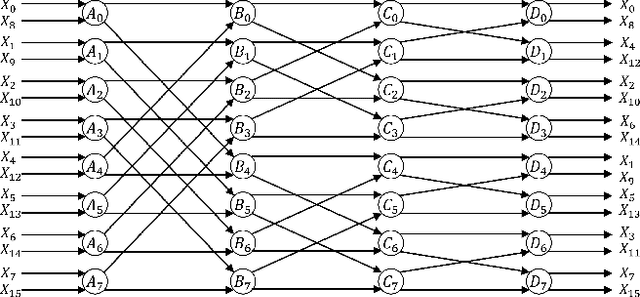
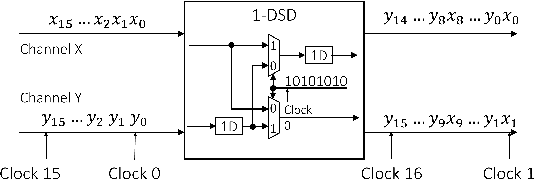

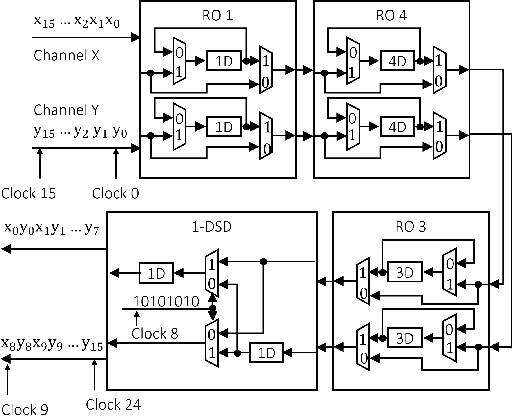
Abstract:Computing the FFT of a single channel is well understood in the literature. However, computing the FFT of multiple channels in a systematic manner has not been fully addressed. This paper presents a framework to design a family of multi-channel FFT architectures using {\em folding} and {\em interleaving}. Three distinct multi-channel FFT architectures are presented in this paper. These architectures differ in the input and output preprocessing steps and are based on different folding sets, i.e., different orders of execution.
LayerPipe: Accelerating Deep Neural Network Training by Intra-Layer and Inter-Layer Gradient Pipelining and Multiprocessor Scheduling
Aug 14, 2021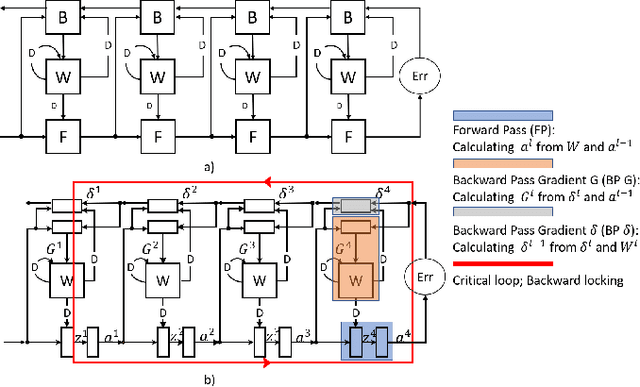
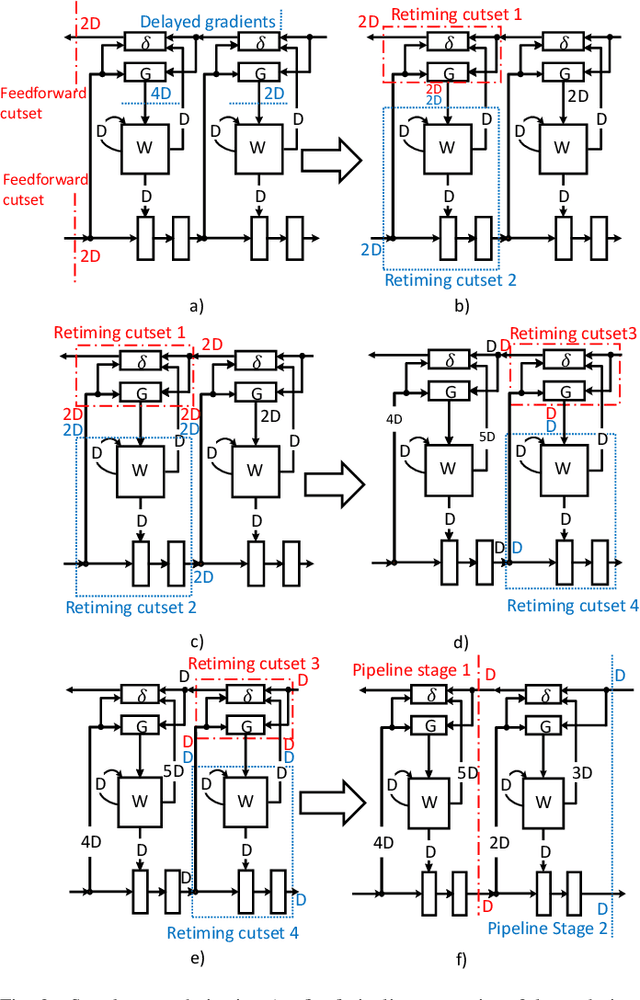
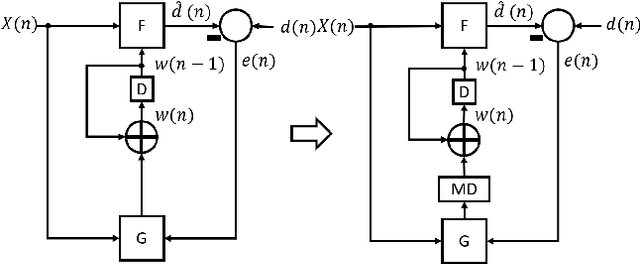

Abstract:The time required for training the neural networks increases with size, complexity, and depth. Training model parameters by backpropagation inherently creates feedback loops. These loops hinder efficient pipelining and scheduling of the tasks within the layer and between consecutive layers. Prior approaches, such as PipeDream, have exploited the use of delayed gradient to achieve inter-layer pipelining. However, these approaches treat the entire backpropagation as a single task; this leads to an increase in computation time and processor underutilization. This paper presents novel optimization approaches where the gradient computations with respect to the weights and the activation functions are considered independently; therefore, these can be computed in parallel. This is referred to as intra-layer optimization. Additionally, the gradient computation with respect to the activation function is further divided into two parts and distributed to two consecutive layers. This leads to balanced scheduling where the computation time of each layer is the same. This is referred to as inter-layer optimization. The proposed system, referred to as LayerPipe, reduces the number of clock cycles required for training while maximizing processor utilization with minimal inter-processor communication overhead. LayerPipe achieves an average speedup of 25% and upwards of 80% with 7 to 9 processors with less communication overhead when compared to PipeDream.
 Add to Chrome
Add to Chrome Add to Firefox
Add to Firefox Add to Edge
Add to Edge